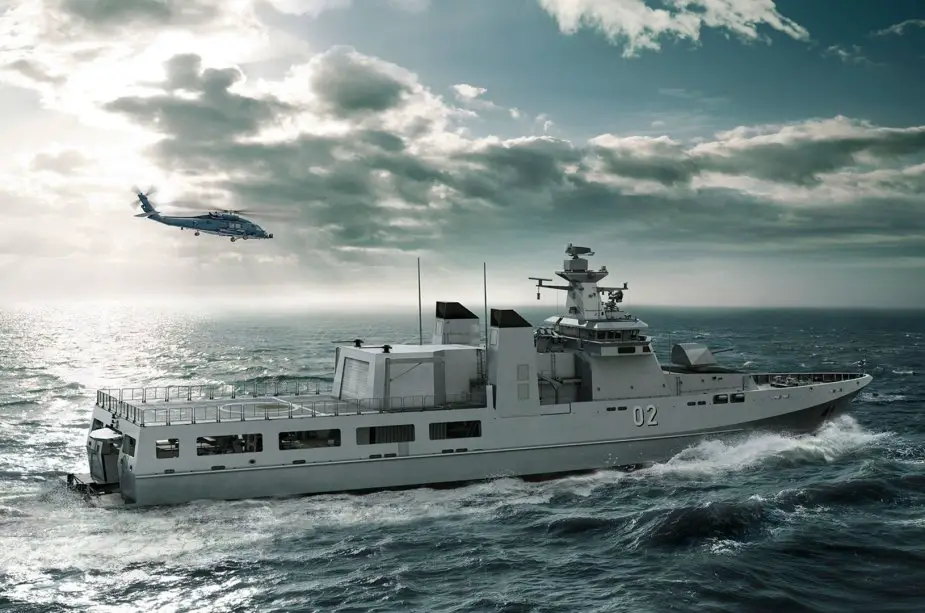Australia officialy starts construction of first Arafura class Offshore Patrol Vessel
The Government’s $90 billion Continuous Naval Shipbuilding Program has reached a new milestone with construction on the first Offshore Patrol Vessel (OPV) to be built in Western Australia commencing.
This will be the third of twelve Arafura class OPVs, and the first to be built at the Civmec shipyard in Henderson, Western Australia. The twelve Australian vessels are based on the PV80 design with the first two vessels to be built at ASC's Osborne shipyard in South Australia before production moves to Civmec's Henderson shipyard in Western Australia.
The program will replace and improve upon the capability delivered by the Armidale Class and Cape Class Patrol Boats which entered service in 2005.
The Arafura class offshore patrol vessels (OPV) are being built for the Royal Australian Navy (RAN). The new OPVs are intended to replace the existing Armidale class and Cape class patrol boats, Huon class coastal minehunters, and Leeuwin class survey ships in service with the RAN.
The OPVs in the class
will be able to perform maritime patrol, response duties, and constabulary missions. The vessels can be customized to perform mine hunting, hydrographic survey, fisheries patrol, disaster relief, and unmanned aerial system (UAS) missions [emphasis added].
The new OPVs will be 80 meters in length with a displacement of 1700 tonnes [like many WW II destroyers] and a draught of 4 meters. They will be fitted with a 40 mm gun for self-protection, three 8.4 m sea boats, state of the art sensors as well as command and communication systems [top speed 22 knots].
The vessels are able to embark unmanned aerial (UAV), underwater (UUV) and surface vehicles (USV) and can operate larger sea boats which are essential for boarding operations.
The
first two vessels are already under construction by Luerssen Australia and ASC in Adelaide [emphasis added].
The remaining ten vessels will be constructed by Luerssen Australia and Civmec at Henderson in Western Australia under the SEA1180 OPV program.
https://www.navyrecognition.com/index.php/news/defence-news/2020/march/8213-australia-officialy-starts-construction-of-first-arafura-class-offshore-patrol-vessel.html





